
Acquiring an aircraft is a matter of buying a flying vehicle, but it is also taking on a system of monetary obligations that span decades. From acquisition to operations and final resale, the cost of ownership entails fixed costs, variable costs, and unseen costs that need to be thoroughly planned and controlled.
Whether you're a plane buff, a corporation trying to cut the cost of executive travel, or a fleet owner considering growth, knowing these costs is necessary for making intelligent decisions.
1. What Does "Cost of Ownership" Really Mean?
The "cost of ownership" is the overall cost over the period of aircraft ownership. It covers every aspect from purchase price and financing to annual insurance, maintenance, storage, fuel, pilot salaries, regulatory fees, and depreciation.
Owner costs vary depending on the aircraft type and utilization frequency to between hundreds of thousands and multiple million dollars a year.
2. Aircraft Ownership Models
There are several ways to own an airplane, and each affects your financial responsibilities differently.
Outright Ownership: Purchasing an airplane with cash or financing. You are responsible for 100% of operating and maintenance expenses.
Leasing: You can lease an airplane using either a "wet lease" (crew and maintenance) or a "dry lease" (plane only).
Fractional Ownership: Joint ownership (e.g., NetJets), where you purchase a percentage of the aircraft and share usage, maintenance, and expenses with other individuals.
Joint or Shared Ownership: Informed collaborations where two or more share use and expenses.
Straight-up ownership provides the greatest amount of control but also the most significant continuous financial burden. Leasing or fractional structures save on up-front costs but can include limitations and shared burdens.
3. Fixed Costs: The Cost of Merely Having the Aircraft
Fixed costs are the ones that don't change based on how many times the aircraft flies. These are the annual repeating costs that make your aircraft airworthy, housed, insured, and crewed.
Aircraft Purchase and Financing
Based on the model, make, and vintage, planes range from less than $1 million (a second-hand light jet) to more than $80 million (a brand-new ultra-long-range business aircraft). There are financing choices but with interest charges and long-term agreements.
Depreciation
Aircraft depreciate with age—typically 5% to 10% per year. This non-monetary expense impacts resale value and tax consequences. Newer models depreciate more quickly during the initial years, and older models depreciate less.
Insurance
Insurance protects against hull damage, liability, and passenger protection. Premiums vary widely depending on aircraft type, usage, and pilot experience—typically between $30,000 and $200,000+ per year.
Hangar Fees
Keeping an aircraft safe, particularly at large airports, will cost anywhere from $50,000 to $250,000 annually. Costs vary with airport location, size of aircraft, and services offered.
Crew Salaries and Training
If you're not piloting the aircraft yourself, you'll be paying pilot(s), possibly a flight attendant, and recurrent training. Pilots can make anywhere from $80,000 to $250,000 per year, depending on training that costs an additional $20,000–$30,000 per year.
Management Services
Other owners hire aircraft management companies to perform operations, maintenance, scheduling, and compliance. These services may add another $100,000 to $300,000 per year, depending on how much work is done.
4. Variable Costs: The More You Fly, the More You Pay
Variable costs vary with use and are based on flight hour, route, and destination numbers.
Fuel
Fuel is usually the biggest operating expense. Business airplanes use anywhere from 100 to 500 gallons an hour. When fuel prices are on the rise, yearly fuel expenses can cost between $200,000 and more than $900,000 depending on how much you travel.
Maintenance and Inspections
Aircraft need scheduled and unscheduled maintenance. Labor, parts replacement, and annual inspections can quickly add up. Programs such as JSSI or Power-by-the-Hour can budget these costs more reliably. Annual fees can exceed $100,000 and increase dramatically for older or larger aircraft.
Engine Overhaul and Reserve
Engines need to be overhauled after some hours. Such big events can cost millions of dollars. Owners tend to put aside "engine reserves" to fund this future cost.
Landing, Handling, and Navigation Fees
Airports also collect landing, ramp space, and overnight stay fees. International travel includes airspace navigation fees. Charges are diverse but can contribute tens of thousands per year for regular flyers.
Catering and Ground Support
If you are in the business aviation industry, in-flight catering, concierge, and ground transfers can also contribute—particularly for VIP-level service.
5. Depreciation and Resale Value Considerations
Aircraft do not retain their value indefinitely. A business jet can depreciate by as much as 50% of its original value in the first five years. The things that influence depreciation are:
Flight time and cycles
Maintenance record and documentation
Cosmetic appearance and cabin upgrades
Conformance to current avionics and safety requirements
Having your aircraft properly maintained, upgraded, and regulated will contribute to saving its resale value.
6. Down Time and Opportunity Costs
An aircraft grounded for maintenance, inspection, or because a pilot is not available to fly costs you more than dollars—downtime costs you flexibility and time. This is especially important for business or charter operations where availability equates directly to revenue or lost opportunities.
It's also worth factoring in lost time handling logistics, scheduling, and unforeseen problems unless you hire a management firm.
7. Real-World Ownership Scenario
Let's look at a midsize business jet, flown approximately 250 hours annually.
Your fixed expenses may be:
Crew compensation and training: $350,000
Hangar and insurance: $200,000
Management and subscriptions: $150,000
That's about $700,000 per year before you ever fly.
Add variable expenses:
Fuel and maintenance: $600,000–$800,000
Miscellaneous (landing fees, catering, etc.): $100,000–$150,000
Overall ownership expense: approximately $1.4 million to $1.6 million annually, excluding depreciation and financing.
8. Managing and Minimizing Ownership Expenses
Aircraft ownership can be within budget if done strategically. The following are cost-control strategies:
Select the Proper Aircraft: Size and range should match your needs. Larger aircraft are expensive even when utilized less.
Total ownership cost: approximately $1.4 million to $1.6 million annually, excluding depreciation and financing.
Leverage Charter Revenue: While your plane is not in the air, it can be chartered to help cover costs—albeit with added wear and maintenance.
Use Maintenance Programs: Joining fixed-cost maintenance programs can avoid surprise budget hits.
Upgrade Strategically: Maintaining avionics, interiors, and regulatory compliance keeps long-term value intact.
Consult Experts: Employ aviation consultants, tax experts, and aircraft managers to guarantee you're maximizing spending, depreciation, and usage.
9. Final Thoughts
Plane ownership is a thrilling activity that equals freedom, flexibility, and status—but it is expensive. In addition to the base price, yearly costs on even a small private jet can quickly run into a million or more dollars, with bigger planes running much higher.
Understanding the fixed and variable aspects of ownership is crucial before making the jump. If your flight hours are minimal or your requirements seasonal, fractional ownership or charter programs could provide a less expensive option. But if time-sensitive, frequent travel is a priority—and your finances permit—owning the correct aircraft can be a satisfying and shrewd investment.
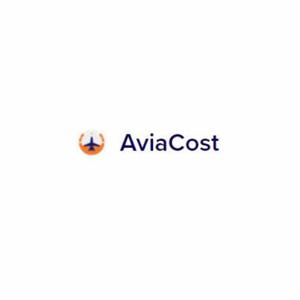

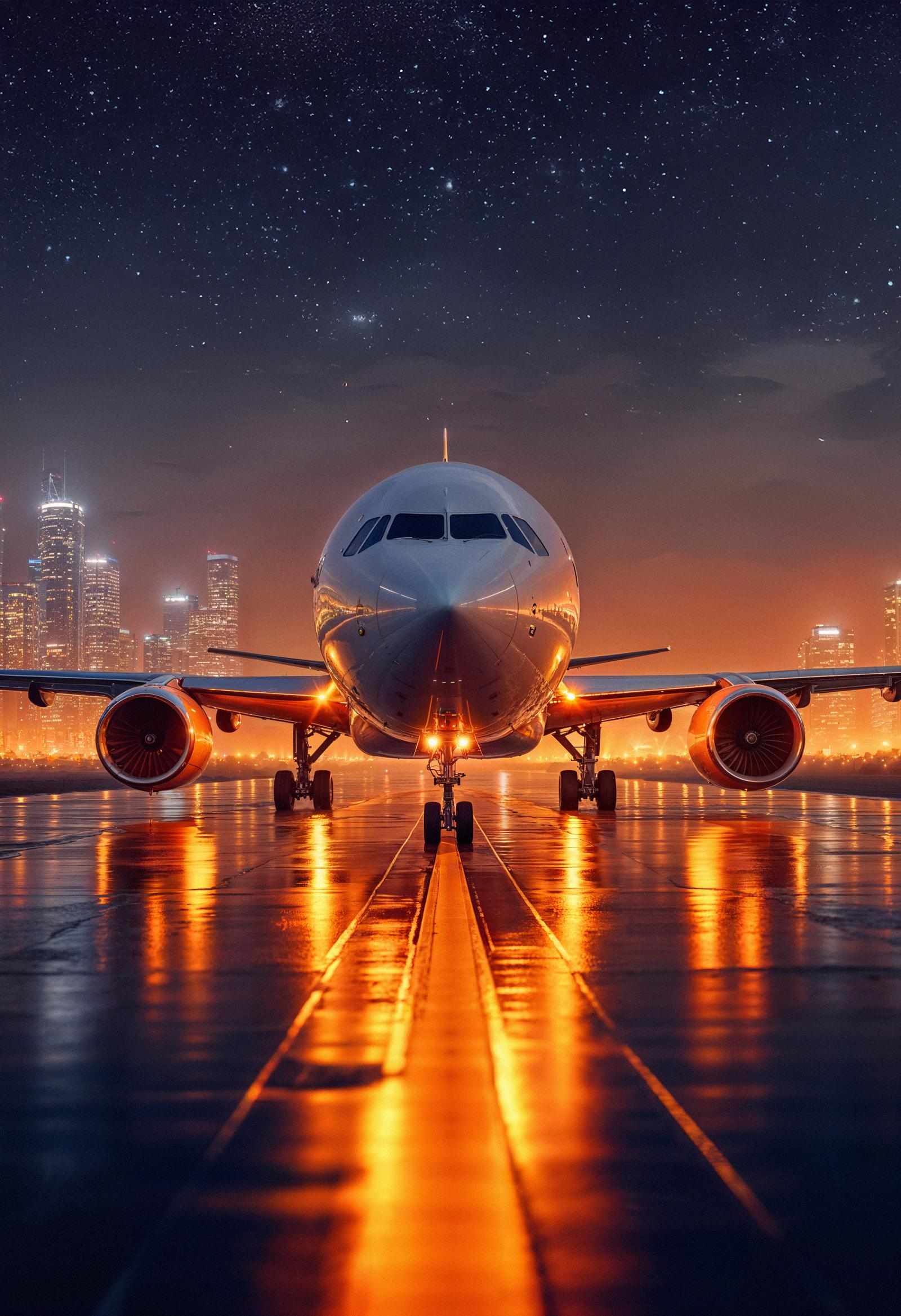
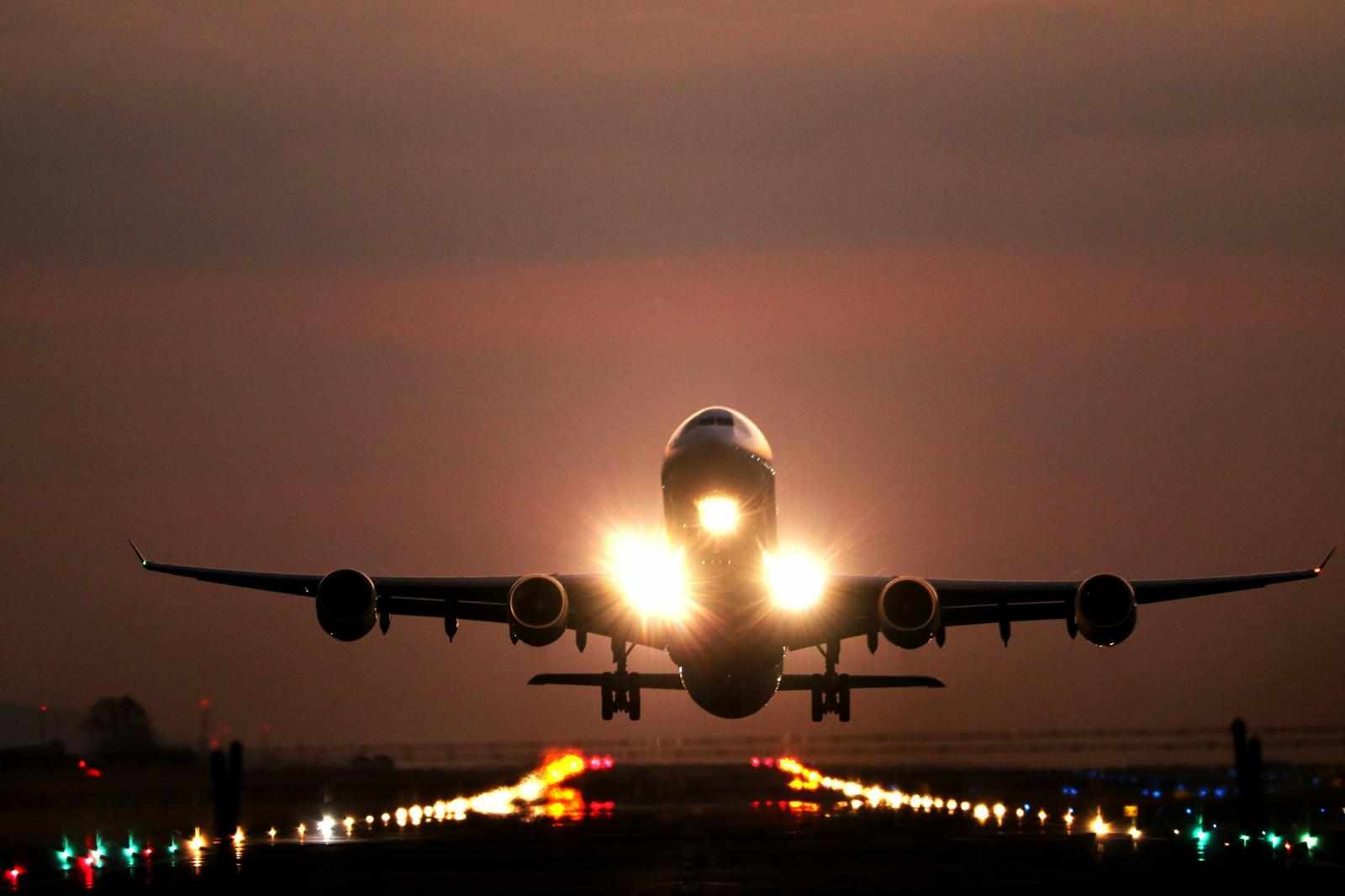


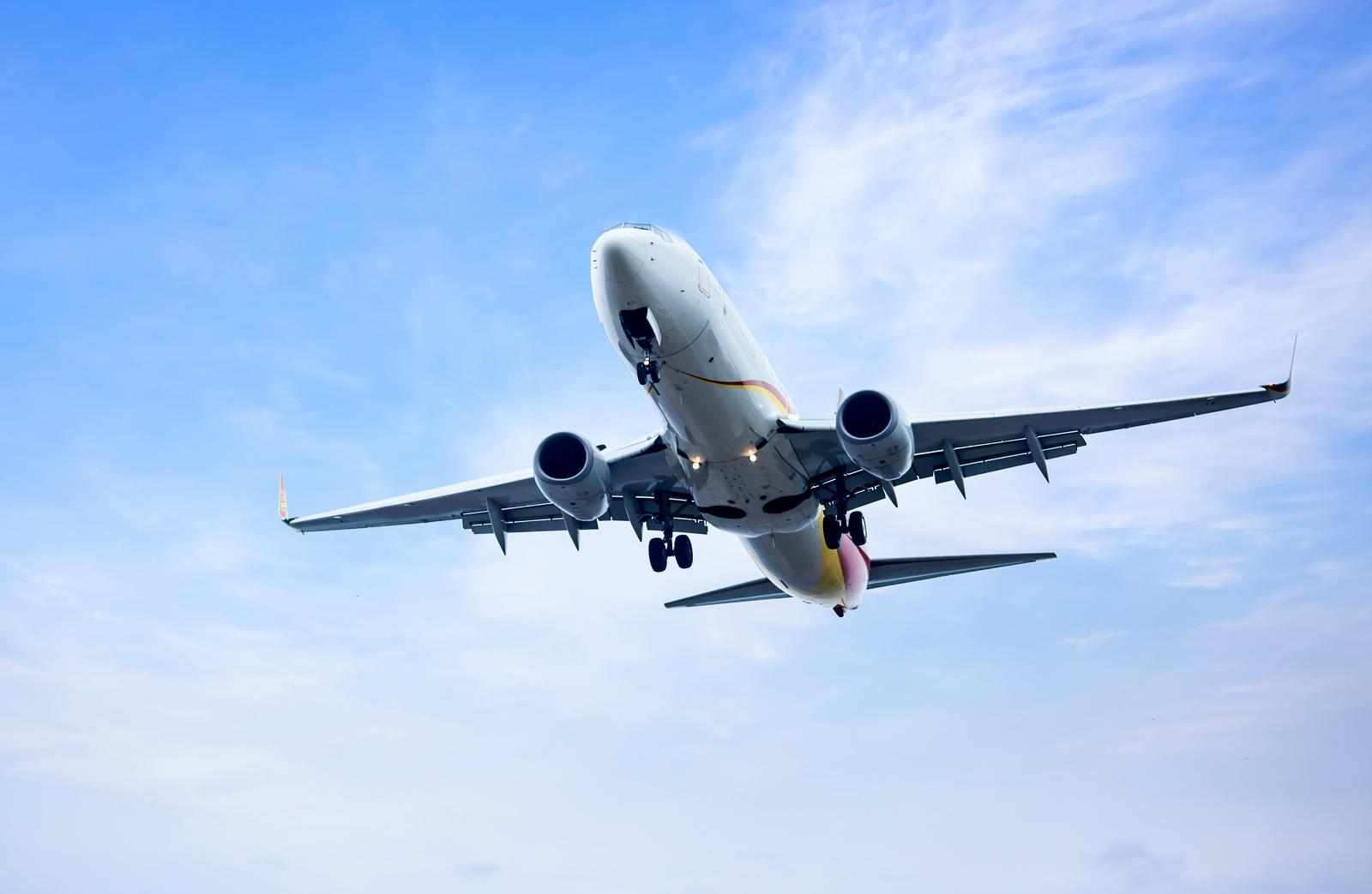

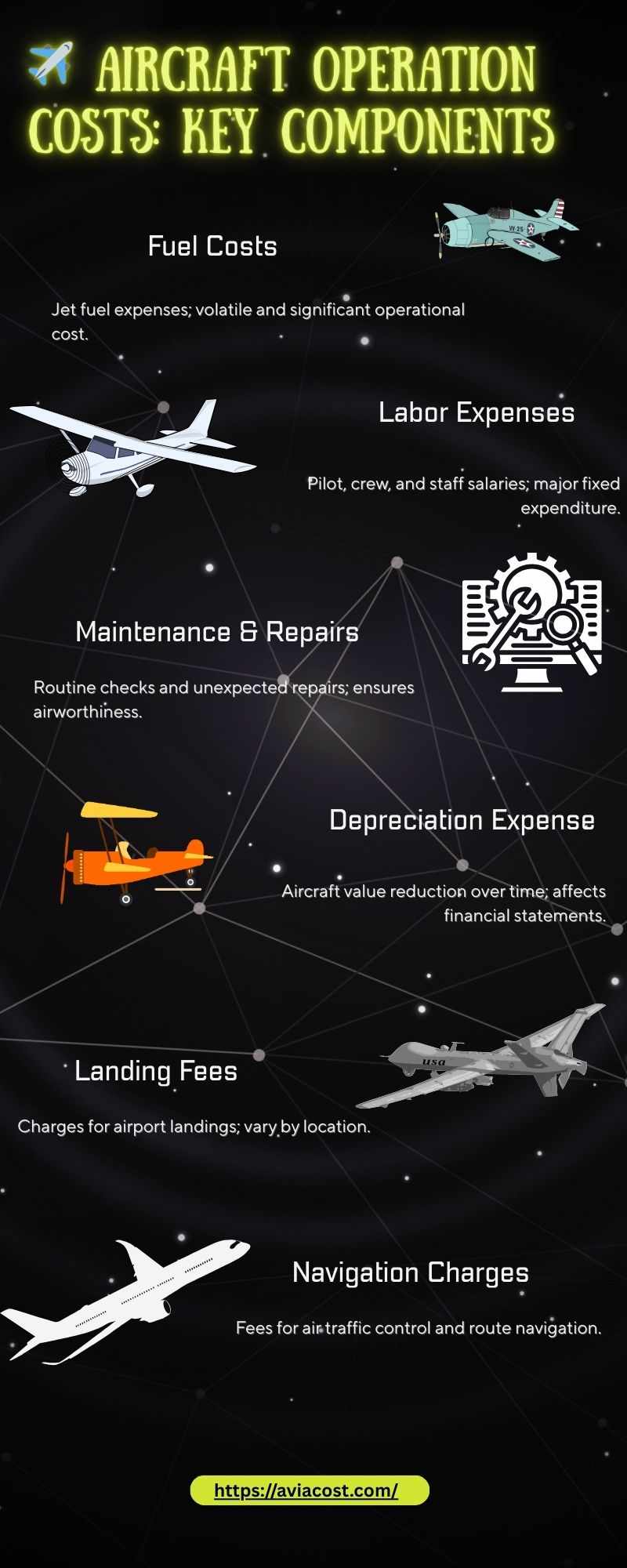
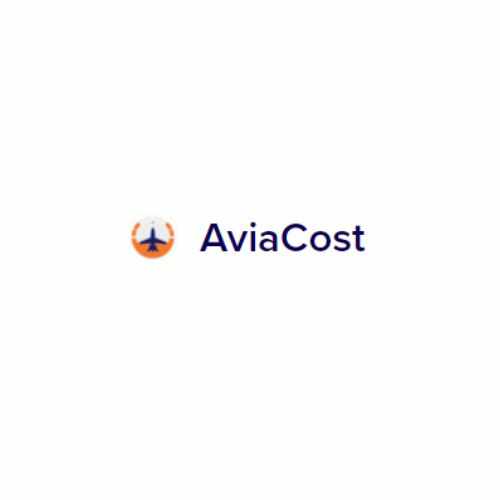
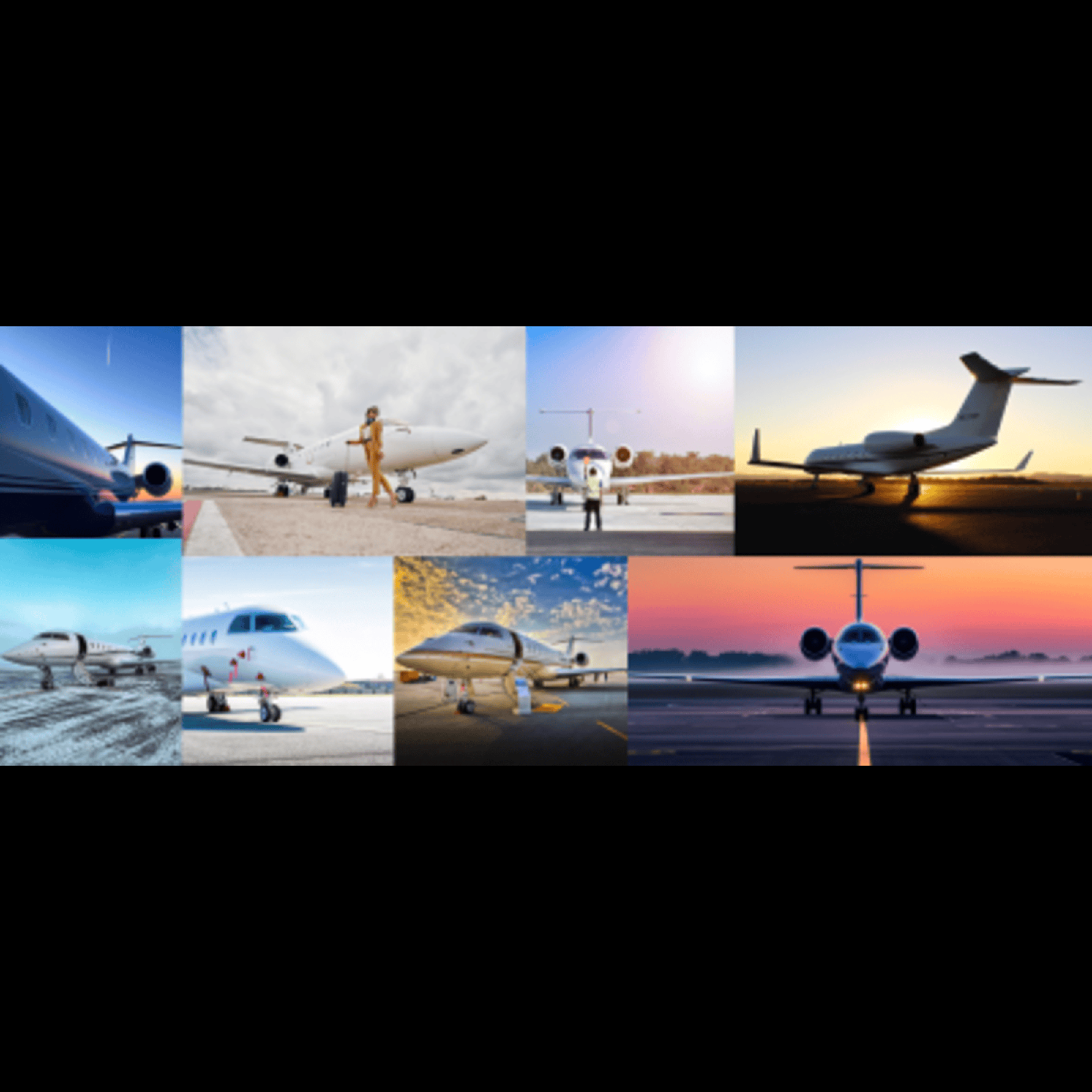
Write a comment ...